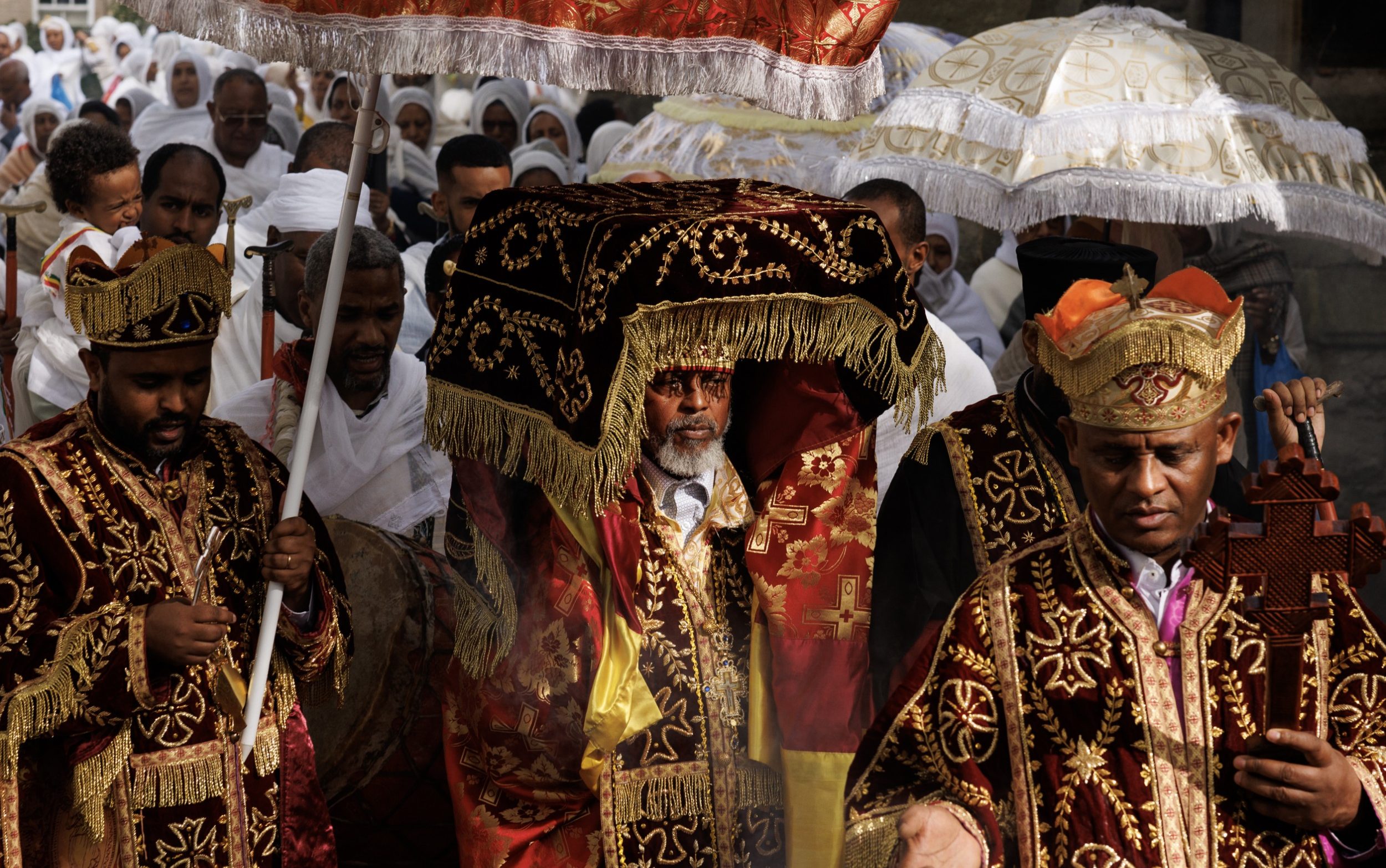Uncategorized
The Return of Cultural Heritage: A Step Towards Reconciliation
The recent announcement by Westminster Abbey to return a sacred Ethiopian tabot to the Ethiopian Orthodox Church marks a significant moment in the ongoing global discussion about the restitution of cultural artifacts. This decision sheds light on the broader issue of colonial-era loot and the ethical obligations of institutions holding such items. This article explores the implications of this decision and examines the broader context of cultural restitution, focusing on two key aspects: the significance of the tabot’s return and the impact on global restitution efforts.
The Sacred Tabot: Symbol of Cultural and Religious Heritage
The tabot, a sacred wooden tablet that symbolically represents the Ark of the Covenant and the Ten Commandments, has resided at Westminster Abbey since being taken by British forces from Ethiopia in 1868. Its planned return to Ethiopia represents not just the restitution of a physical object but the restoration of a piece of the country’s soul, deeply intertwined with its religious and cultural identity. The decision by Westminster Abbey, influenced by growing pressures on institutions to address their colonial legacies, highlights a shift towards acknowledging the importance of returning cultural artifacts to their countries of origin. This gesture of goodwill is seen as a step towards healing the wounds of the past. It fosters a sense of closure and reconciliation for the Ethiopian people, for whom the tabot is not merely an artifact but a living embodiment of their faith and heritage.
The Ripple Effect: Pressuring Institutions and Encouraging Global Restitution
Westminster Abbey’s move highlights other institutions, notably the British Museum, which holds several tabots within its vast collection of global artifacts. The decision underscores the growing demand for institutions to reevaluate the presence of colonial-era acquisitions in their collections and the ethics surrounding their display and ownership. By setting a precedent for restitution, Westminster Abbey may encourage other holders of cultural property to consider similar actions, thereby contributing to a broader movement towards repatriating items that have been removed under contentious circumstances. This trend towards restitution reflects a changing perspective on cultural heritage, recognizing it as a fundamental right rather than a possession, and acknowledges the deep significance these artifacts hold for their originating communities.
The decision by Westminster Abbey to return the Ethiopian tabot represents a pivotal moment in the conversation about cultural restitution and the responsibilities of institutions holding artifacts from the colonial era. Returning a deeply significant religious artifact to its rightful home not only rectifies a historical wrong but also catalyzes further dialogue and action towards the repatriation of cultural heritage globally. As the world continues to grapple with the complexities of colonial legacies, the return of the tabot to Ethiopia stands as a testament to the power of reconciliation and the enduring importance of cultural and religious heritage.













